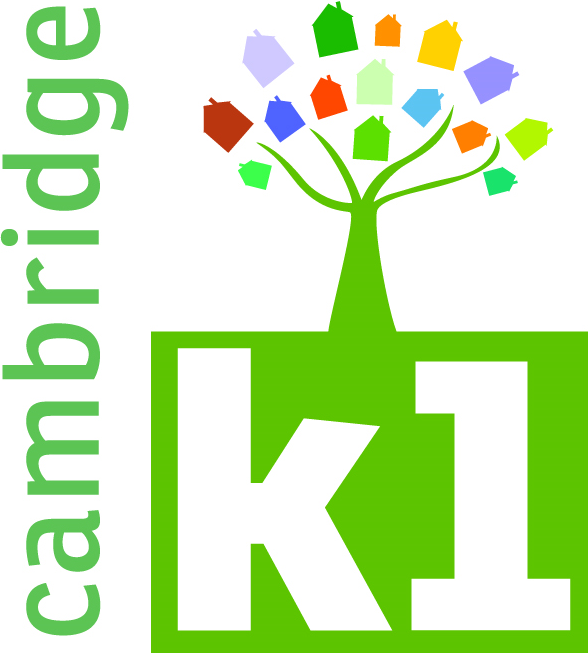(Posted by CW on behalf of RM)
Last night at the business meeting I presented some information about consensus decision-making, based on research that Christiane and I had done in the “decision-making” subgroup.
If you were unable to attend the meeting then you can find out about consensus decision-making here. The “short guide” is very good, or if you don’t have much time then you could just take a quick look at the “flowchart“.
The following points were agreed on by the people who attended the meeting last night, and are being presented to you now as our first proposal requiring a decision(!):
1) The group will use consensus decision-making techniques based on the process outlined in the flowchart from the link above.
2) When a decision needs to be made by the group, whenever possible this will be announced via email a week before the meeting in which the issue will be discussed. This gives people who will not be able to attend the meeting time to raise any issues in advance via email.
If a proposal is made and a consensus decision on it is reached by the people attending the meeting, then the proposal will be circulated to the wider group by an email such as this one. We need as many people to respond as possible, because if you agree then that gives the proposal stronger backing, and if you disagree then we need to know!
If nobody blocks the decision within a week after the “decision required” email goes out to the group then the decision will be considered to have been taken and can be acted upon by the group. In practice it may not always be possible to adhere to these exact timescales, but they are the expected default unless the situation is very urgent (see below).
3) A facilitator will be nominated for each decision that needs to be made. This will be one of us, taking it in turns, unless we feel that the decision may provoke a lot of controversy amongst the group, in which case a neutral outside facilitator may be appointed.
The role of the facilitator is to circulate the initial email describing the decision that needs to be taken, to facilitate the meeting, to circulate the agreed proposal to the group for further consideration, and to record the final decision on the website (a page will be put up as soon as possible).
Facilitating the meeting means introducing the issue, ensuring that everyone gets to contribute, regularly summarising agreed points to promote consensus, keeping the meeting to time, and helping to formulate a suitable proposal. The facilitator is also responsible for making a reasonable effort to contact group members who have not responded to the proposal.
4) Occasionally, in cases where circumstances dictate that a decision must be taken urgently, and there is not time to go through the full consensus process, we may fall back on taking a vote. In this case a 2/3 majority will be required for a decision to be taken (one vote per household).
5) If you block a proposal, you must produce an alternative proposal for the group to consider.
6) A member of the group is a household that has paid their membership fee. Anybody can contribute to decision-making discussions, raise issues, etc, but the final consensus will be reached only between members of the group. Specifically, only a member may block a decision.
So – the proposal is that this will be the way that the group will make decisions in future. Please respond to this email and indicate whether you agree, have reservations, or wish to block the decision and make an alternative proposal. If you wish to block then you
should email the whole group, but if you agree then you can just email me, so as to cut down on volume of emails to the group.
If nobody blocks by the 12th of April then the proposal will stand as a decision and I will record it on the group website.
Thanks and best wishes, Rhona.
